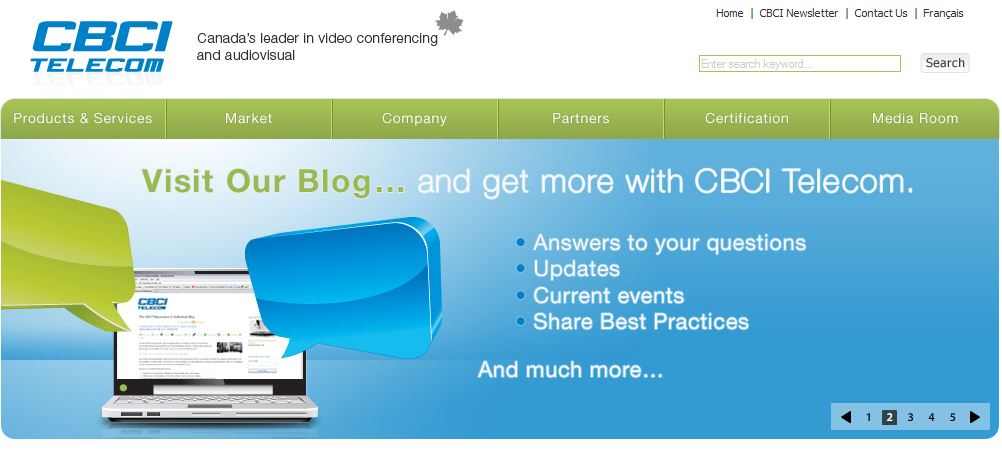 During our Blogging webinar series we reviewed some of our customer's blog articles live. We reviewd each blog article using the Blogging Report Card, and gave each blogger tips and suggestions on how they could improve their article. I’m going to walk you through New York Parking Ticket blog submission and explain why we suggested changing certain elements of the blog article.
During our Blogging webinar series we reviewed some of our customer's blog articles live. We reviewd each blog article using the Blogging Report Card, and gave each blogger tips and suggestions on how they could improve their article. I’m going to walk you through New York Parking Ticket blog submission and explain why we suggested changing certain elements of the blog article.

Does the post use a long-tail keyword?
This article was an excellent example of using the long-tail keyword strategy. Larry chose the keyword “nyc parking ticket pedestrian ramp scam.” These ramp scams are very common in the New York City area and he took advantage of the fact that many people would turn to search engines to find out more information regarding the scam. Furthermore, all visitors that found this blog article through that long-tail keyword or other variations would be very qualified for his services.
Are there links in the article?
I only noticed a couple links in the blog article and one was at the very top of the article. Even though Larry did a great job of using anchor text in this instance I thought the link would’ve been better in the middle of the article. Putting it at the top could lead readers to click on that link immediately and not even read the article they were on.
A few more links to other sources that supported his case of the pedestrian ramp scam would’ve also helped add some credibility to the article.
A third link used the infamous anchor text “click here” which really doesn’t do a good job of explaining to search engine crawlers what content they’ll find by following that link. Think of all the time search engines come across the anchor text “click here” and how difficult it is for them to distinguish between them. Always make sure to use anchor text that describes the content of the linked page.
At the end of the article Larry did a great job of linking to a previous article that encouraged others to share their experience and build a community around stopping the scam.
Is there a call to action?
I saw great usage of both button and text call-to-actions throughout the article. The article promoted a free guide educating people on the pedestrian ramp scam guide that was very relevant to the article itself. The main point of advice would be to have some sort of text around the call-to-action button that explains that it is a downloadable guide.
Is the article tagged properly?
Proper tags were used for the article. The best example is how Larry actually used the specific street where the ramp scam was currently happening.
Does the article encourage commenting?
Throughout the article and at the very end Larry did an unbelievable job of engaging his audience. The second to last line read “please share your experiences” which not only encourages comment but would let Larry know which people he’d specifically be able to help.





![How to Build a Blog That Captures Leads [Customer Story]](https://53.fs1.hubspotusercontent-na1.net/hubfs/53/HubSpot%20User%20Blog/Young%20girl%20sitting%20on%20stack%20of%20books%20and%20reading.jpeg)


![How to Spark Your Blog When You're the Only One Blogging [Customer Story]](http://53.fs1.hubspotusercontent-na1.net/hubfs/53/photo-1421986527537-888d998adb74-406566-edited.jpg)
